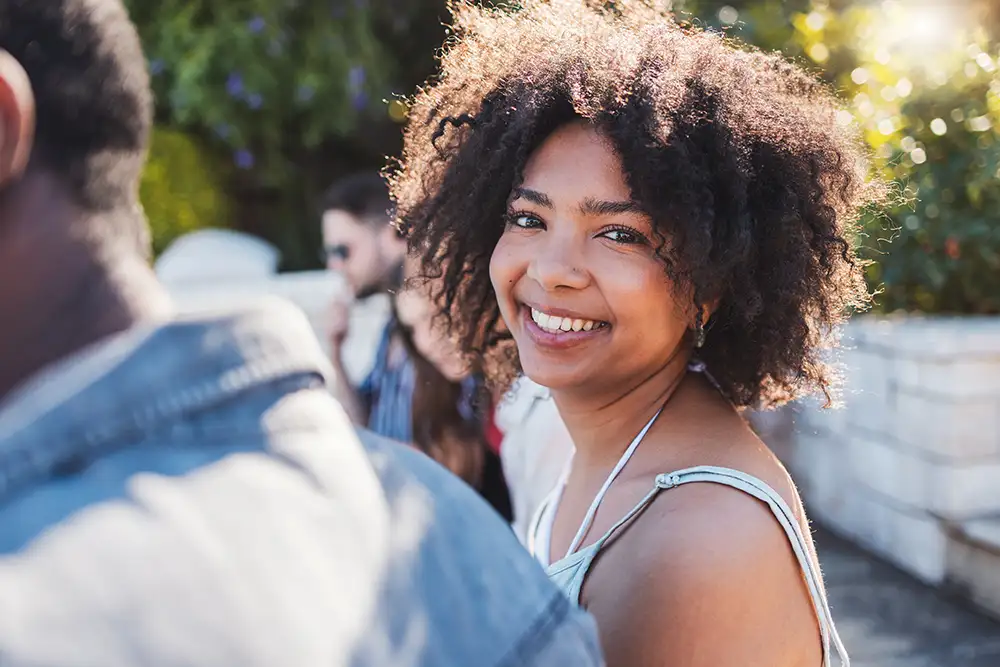
It’s a scary time to be a kid or an adult who cares for children. Coming on the heels of three pandemic-filled years, events such as school shootings may be experienced as a collective trauma.
Kids may have questions based on what they have heard. The American Psychological Association recommends starting difficult conversations with children by asking what they know already.
The following recommendations were made by the National Association of School Psychologists:
1. Keep explanations developmentally appropriate. Early elementary students need simple facts and reassurances of safety. Upper elementary and early middle school students need help differentiating reality from fantasy. Upper middle and high school students can discuss how they can play a role in ensuring safety and how they can access support.
2. Reaffirm safety. Emphasize that more schools are safe than unsafe. Validate children’s feelings and reactions while helping them put things in perspective.
3. Make time to talk. Leave it up to kids to guide the conversation but be sure to leave space for them to do so. Younger children may need to engage in concrete activities — such as imaginative play — during difficult conversations. Older children may prefer writing or music.
4. Review safety procedures. Review pre-established safety procedures in the home, community and at school. Help children identify safe adults they can go to if they feel unsafe.
5. Monitor emotional state. It’s normal for kids to have reactions to traumatic events. For some children this will come out through acting out behaviors or regressions. If a kid is showing a marked change lasting longer than two weeks, it might be time to seek professional assistance.
6. Maintain a normal routine. Kids thrive on predictability and consistency. Encouraging healthy nutrition, sleep, physical activity and maintenance of normal school and extracurricular activities will help children stay on track when the world around them feels chaotic. It may also be a good idea to limit your child’s (and your own!) exposure to graphic media about violent events.
Kids assume their world is safe until something challenges that assumption. It’s important to acknowledge that bad things happen, but that the adults around them are keeping them as safe as possible. It can be helpful to list specific things parents and schools are doing to keep children safe (such as teaching “stranger danger” and requiring guests to show their ID when coming to a school). Minimizing or avoiding difficult conversations about violence can lead to increased fears and uncertainty about what to do with big feelings.
Another way to help kids address their thoughts and feelings about violence is to narrate and model your own reactions and coping. Kids learn a lot through social learning — observing trusted others. Think about when your kids are most likely to talk to you, whether it be in the car, before bed, or at dinner. Start a conversation; ask what they know; and explain (in age-appropriate ways) what you know and how you are dealing with it. Listen to your child’s response without interrupting, then correct any misperceptions. Be aware that kids hear what you say to other adults as well so monitor those conversations.









